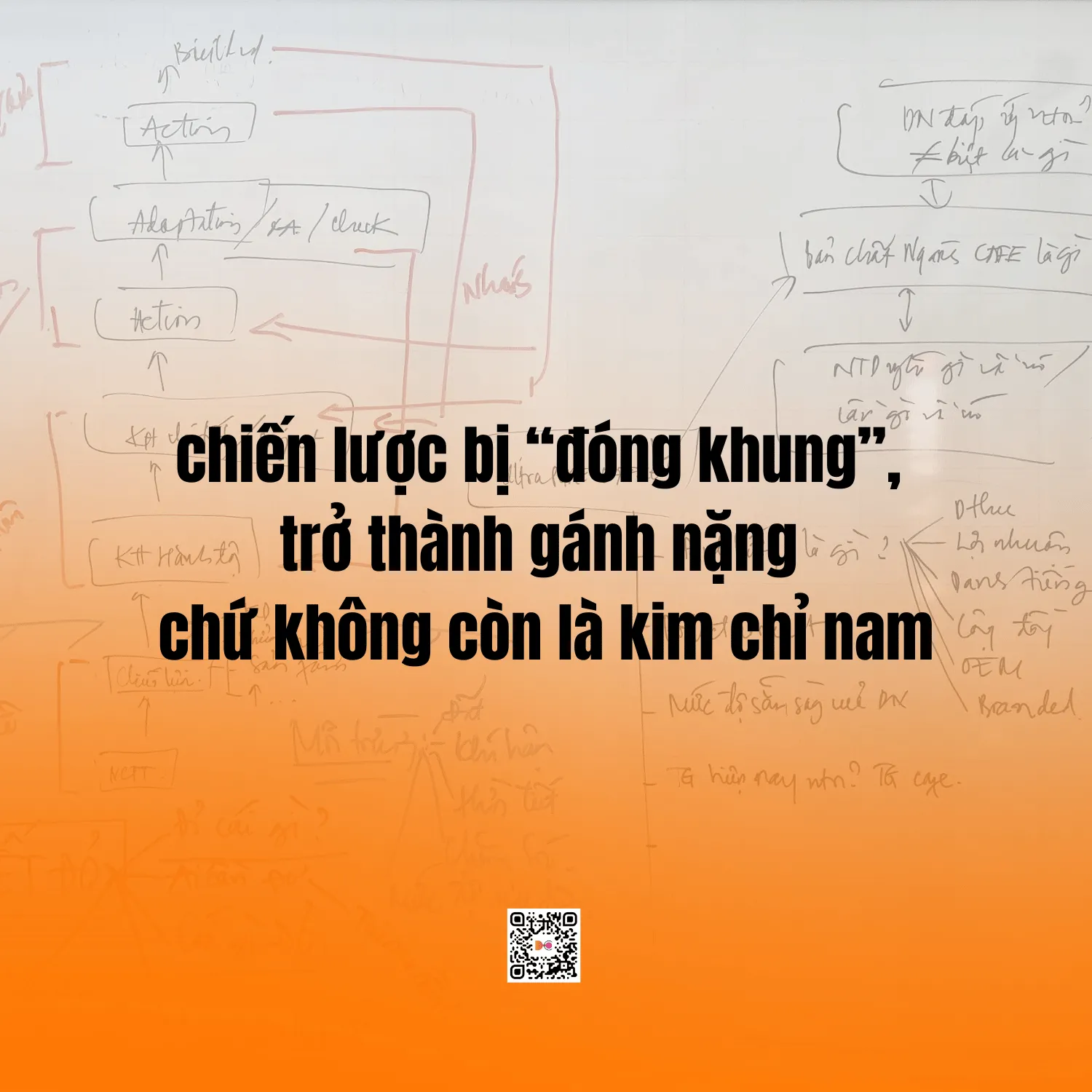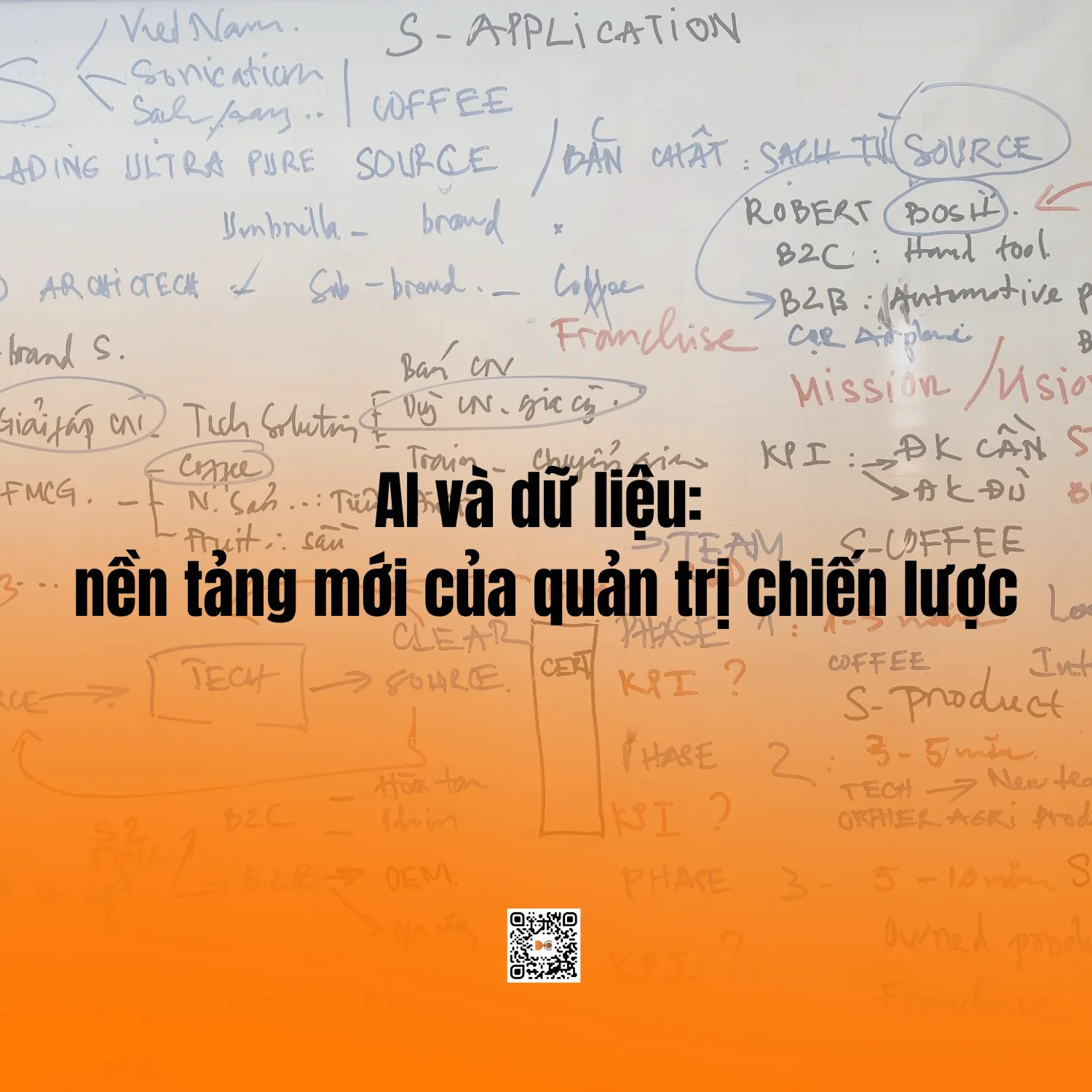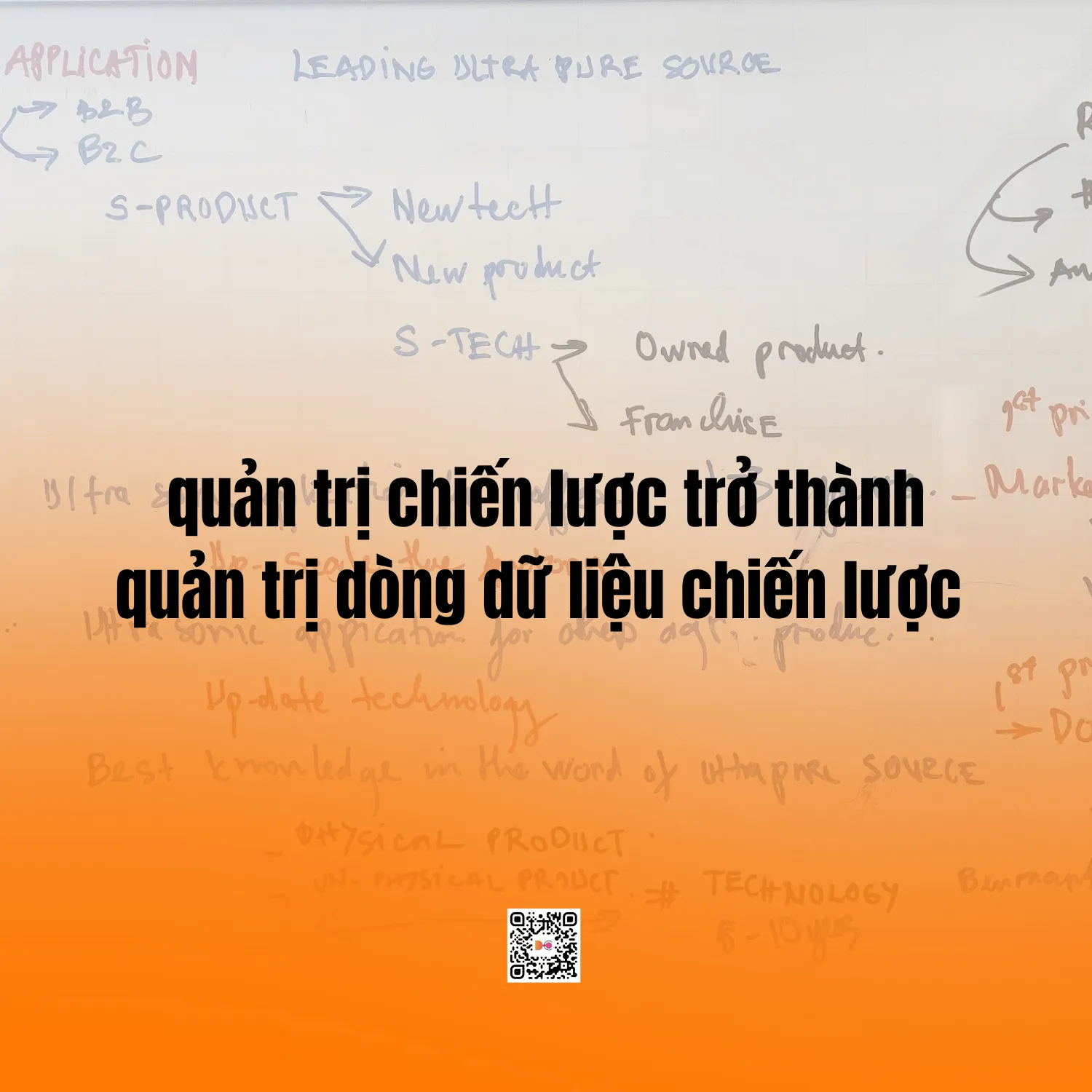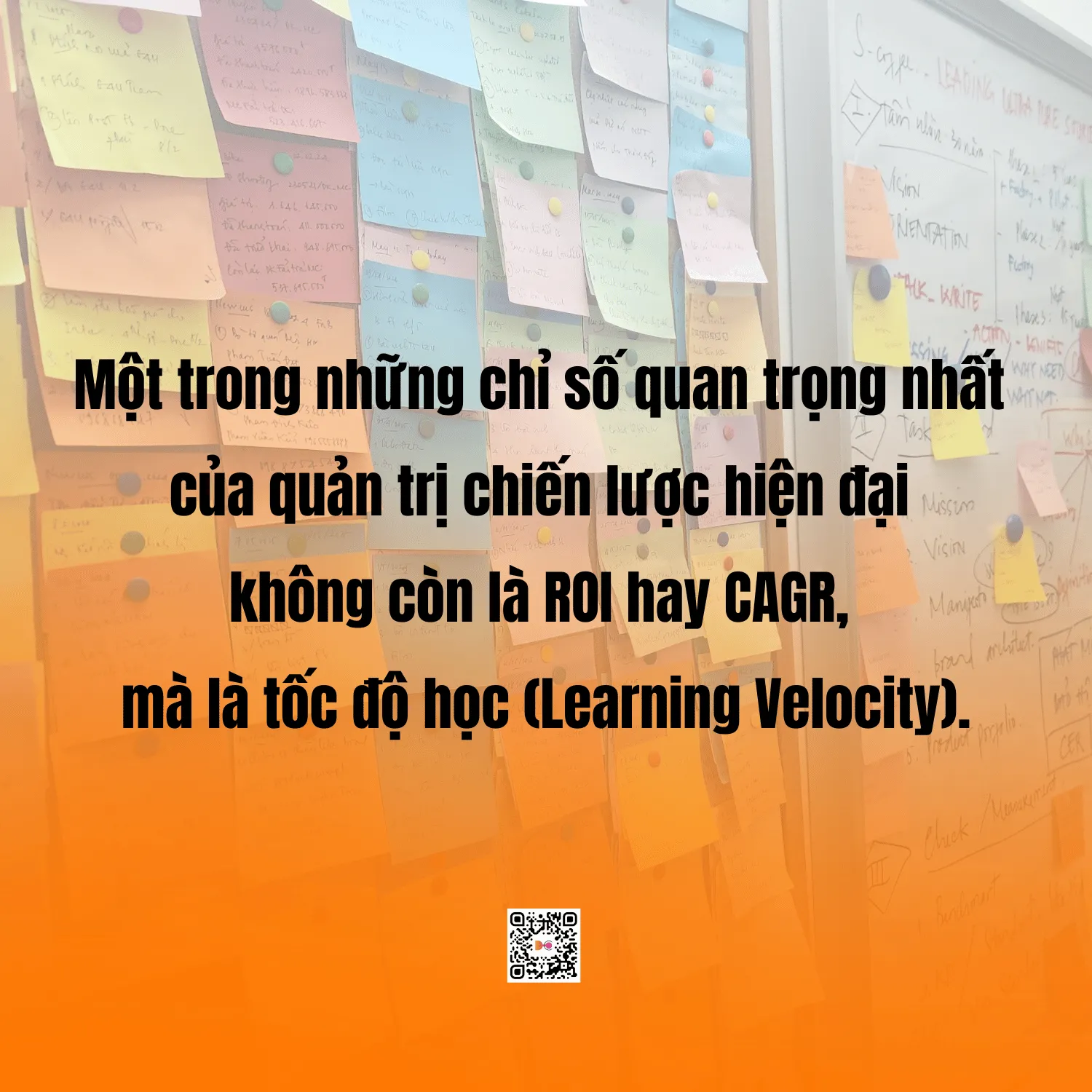When it comes to “strategic management”, most businesses often think of 3-year plans, SWOT matrices or periodic KPIs. But in the age of digital transformation and AI, strategies are no longer planned once and then executed, but are continuously trained in the operating system. Strategic management is no longer the art of forecasting but the science of learning and adjusting according to real data.
Strategic Planning – An Outdated Model of the Last Century
In the 20th century, the “strategic planning” model emerged as a key tool for businesses to forecast the market, allocate resources, and control growth.
Businesses plan for 3–5 years, analyze the environment, set goals, and monitor execution. The problem is: the market today changes faster than the planning cycle.
A plan written at the beginning of the year can be outdated by the second quarter, when consumer behavior changes, new technologies are introduced, or new business models emerge.
At that point, strategy becomes “boxed in,” becoming a burden rather than a compass.

From planning to coaching – strategy as a living organism
Instead of “planning and monitoring”, modern businesses need to design strategic systems that can learn and react.
Like the human body: strategy is the nervous system, and data is sensory signals.
When the market changes, the system must know how to “react” automatically, adjust, test and update the direction without waiting for a meeting of the leadership.
Therefore, strategic management today is about managing the system’s ability to learn and adjust. Leaders are no longer “strategists,” but rather trainers of algorithms, processes, and people to understand and act in the same direction.

AI and Data: The New Foundation of Strategic Management
In the past, strategies were driven by intuition and manual reporting.
Now, AI and real-time data give businesses a bird’s-eye view of customer behavior, operational efficiency, and business performance.
For example:

- An AI system can identify which product areas are experiencing slow sales and suggest price changes or promotional packages.
- A data platform can detect consumer trends shifting towards green products and suggest changes to communication strategies.
Strategic management then becomes strategic data flow management – where every small signal in the system can generate instant tactical adjustments.

Systemic training – the core competency of digital strategic leadership
In the old model, the strategic leader is the one who “draws the path”.
In the new model, the strategic leader is the one who designs the learning environment for the system.
This includes three elements:
- Train people: build agile thinking, data literacy, and strategic logic.
- Train systems: teach AI to understand business goals, decision context, and ethical boundaries.
- Train processes: build short feedback loops that help organizations self-correct before they need direction.
Strategic management then is no longer about “controlling”, but about co-learning between people and technology.

Dynamic Strategy – Managing by Learning Velocity
One of the most important metrics of modern strategic management is no longer ROI or CAGR, but Learning Velocity.
An organization that is able to learn quickly – means it can:
- Test, measure, fail, and adjust quickly.
- Turn data into action.
- Update your strategy continuously without waiting for a review period.
Strategy, then, is no longer a “fixed plan”, but a continuous feedback loop between data – decisions – actions – results – re-learning.

From Strategic Management to Strategic Coaching – Shifting Management Thinking
A good digital operating system does not need constant management — it needs initial coaching and regular fine-tuning.
Like a deep learning model, once trained with the right data and goals, the system will learn and improve on its own.
The strategist’s job is not to “control everything,” but to build mechanisms for things to evolve in the right direction.
This helps businesses move from “manual management” to “automated logic management” – where strategy is embedded in every digital process, every user behavior, and every internal decision.

Redefining Strategic Management in the Digital Age
To summarize, we can see:
- Strategic planning is about creating a roadmap.
- Strategy execution is about following that roadmap.
- Strategy coaching is about creating a system that can navigate itself when the map changes.
Modern business strategy does not need to be “sure from the start”, but rather needs to be flexible enough to be correct in real time.
And that is the core of strategic management in the age of AI:
“Strategy is not planned. It is trained.”












